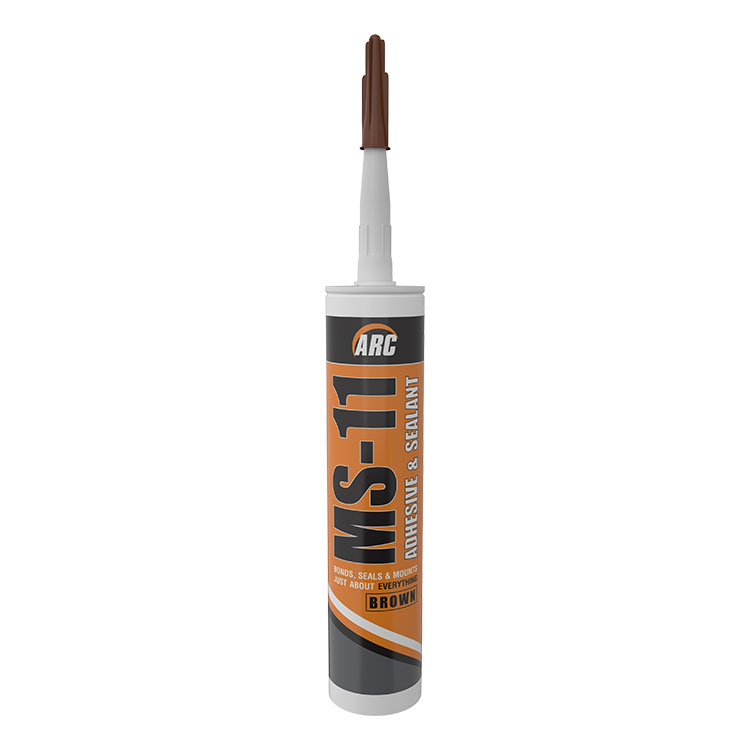Thanks for the replies folks
@rogxwhit I was thinking the silicone would be used afterwards, rather than beforehand.
Went shopping and I found this stuff in a tube called MS-11
It was the better looking of the two brown sealants in the shop,
weighs and costs twice as much as the other stuff.
The man said it was like tech 7, and suggested this as I was looking for "something which didn't come loose"
It is a polymer composition, whatever that means
As an aside I did spot some brown silicone for half the cost at the poundshop, which I presume to have similar properties as what I bought.
Haven't looked up the stuff I bought yet, but presume it's likely the best non putty formula.
I was a bit concerned about the colour match to chance that without much info on the stuff.
@D_W Interesting to hear your opinions about a scraper tool like this.
Seemingly you can get into these corners with the buffing wheel !
From what I gather by your comment, seemingly your biggest worry is the tool getting blunt.
It might make sense to make two if doing this seriously, and have the template for resharpening, (not even sure how I will tackle that yet, just having a quick bash at it, so I can be prepared for something like this again)
And I did buy some sandpaper just incase, but only one pack as that's cheating myself out of some skills to learn otherwise.
@whereistheceilidh
I've heard lots of conflicting stuff regarding oily woods and whether a wipe down is necessary or not.
I've never experienced this happen with iroko and titebond or evo stick glues,
and even if it was the case, chances are the timber has lost any which may have possibly come to the surface, as the colour has washed out of the wood.
Hopefully the stuff I bought will do the trick and not loose its grip with expansion/contraction mostly regarding the stiles.
It says this stuff is paint-able, but I'll be testing before that, as most of the tube will likely turn solid.
Cheers
Tom



































